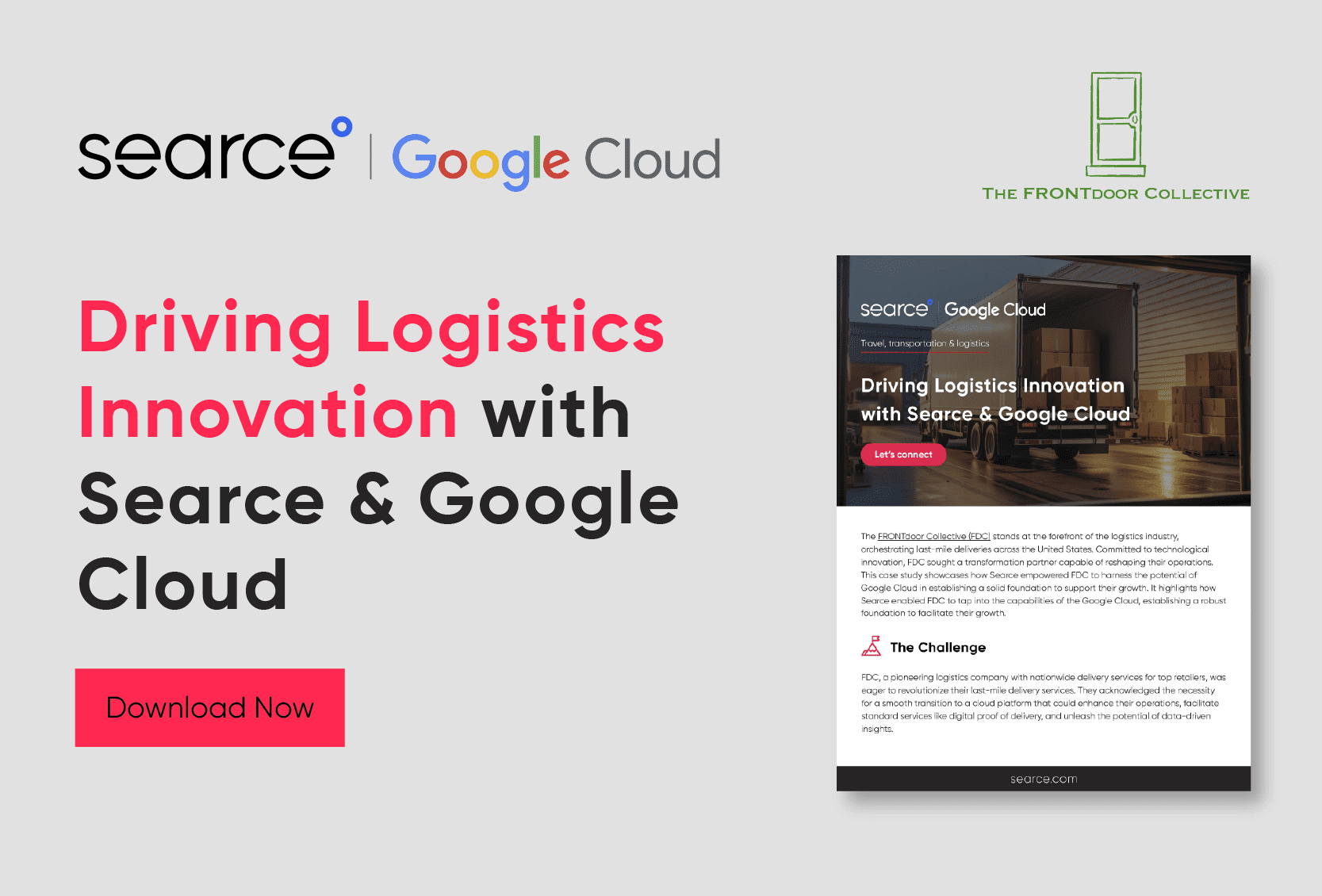Bounce: Making urban mobility more accessible in India with Google Maps Platform
Bounce uses Google Maps Platform to power its scooter sharing mobility app and make urban transport more accessible for everyone.

“In India, People don’t move around cities like they do in the West,” says Varun Agni. As CTO and co-founder of Indian mobility platform, Bounce, he has spent the last few years immersed in the world of urban transport. “In a European or North American city, you’ll typically see regular movements from the outskirts to the center every morning, and then the opposite every evening. India’s different. There just isn’t the same level of order or regularity. People move throughout all parts of the city at all hours of the day.”
In this busy urban environment, one form of transport has come to dominate all the others on Indian roads. Nimble, quick, and more affordable than a car, the motorized scooter is the best selling vehicle in South Asia, with more than 21 million sold across India in 2019 alone. As a sharing platform for dockless scooters, Bounce helps even more people get around. “We’re spearheading the shared mobility concept in India with dockless scooter sharing,” he says. “But our ultimate mission is to democratize the commute and make it as affordable and available as possible, for anyone in India. Right now, scooters are the best way of doing that.”
Bounce officially launched its mobility app in September 2018 in Bangalore, one of the largest cities in India with a metropolitan population of more than 10 million. Customers use its map-based interface to find nearby scooters, remotely unlock them, and plot the best route to their destination. Bounce proved so popular and easy to use that within two years, it had spread to bustling Hyderabad and a host of other cities. To achieve and sustain such rapid growth, Bounce needed a location solution that had the ability to scale at speed but also worked well for its customers. It turned to Google Maps Platform. “The map is the main interface for our app and Google Maps Platform was our preferred option from the start,” says Varun. “It’s reliable, scalable and, above all, easy for customers to use. Its additional features like route-planning are also much more mature than others on the market.”
Building a total mobility solution
Bounce started in 2014 as a more traditional rental company called Wicked Ride, specializing in high end motorcycles. After seeing the limits of mass transport options in many Indian cities, however, the owners of Wicked Ride began to think bigger than the luxury rental market. “In terms of urban transport, there are very cheap options like buses and bicycles or very expensive ones like taxis. There wasn’t really a middle ground,” says Varun. “That’s where we saw an opportunity for shared scooters. We could provide an inexpensive, convenient way for people to travel around cities without having to buy and maintain their own vehicles.”
When the change came, it came quickly. In late 2017, the company started raising money and began working on building a proof of concept for the new mobility platform. By May the following year, it had started its beta trials. In September, the company relaunched as Bounce with a fleet of 500 scooters. Its experience renting out high end motorcycles provided the perfect training ground for what was to come. “We had to learn how to maintain our vehicles, how to track them, how to finance them,” says Varun. “These are all the same challenges we continue to face today and we know how to handle them.”
For Bounce, a new business model required new technology and the company decided early on that Google Maps Platform would be a key part of its app. Teaming up with Google Cloud Premier Partner Searce, the company built out the core of its app using Google Maps Platform. “We first came across Searce just as we were starting to explore Google Maps Platform in 2017,” says Nishchay Ag, Head of Partnerships at Bounce. “They helped us to get the most out of our licensing deal and optimize our setup for consumption and performance. They’re always only a call away and, if needed, they can send experts over to work with us in person.”
As a mobility app, Bounce is built around a map-based user experience. With the Maps Javascript API, the company displays accurate, up-to-date maps which its users can easily navigate to find out where the nearest available scooters are. Users can then type in their eventual destinations, a process made more convenient by the use of the Place Autocomplete service, and then the Geocoding API will quickly and efficiently display that location on their map. The Directions API helps Bounce and its users to determine the best possible routes for their journey, while the Roads API ensures that these routes correspond with road conditions in the real world. Meanwhile, the Distance Matrix API has proven to be a key component, helping Bounce to calculate journey times and help customers to optimize their journeys. “The Distance Matrix API has been a real highlight for us,” says Varun. “When we started to use it to help users determine exactly how far away their bikes were and how to reach them, we saw a really significant increase in conversion rates.”
Rapid growth, improved service
Since launching in late 2018, the popularity of Bounce is only growing. By the end of 2019, the company was operating a fleet of 35,000 scooters across several cities. As the company grew, it began to experiment with other mapping technologies but Google Maps Platform has consistently proved the superior option. “With Google Maps Platform, we scaled very quickly and our users have consistently shown their approval,” says Varun.
“When compared with other technologies, we found that location services with Google Maps Platform are 15% more accurate. That, in turn, led to fewer cancelled rides and happier customers.” Perhaps the most significant measure of Bounce’s success is that, at its height, it averages about eight rides per vehicle per day. For comparison, a 2018 survey of the major bike and e-scooter sharing services in the US found that the largest providers averaged around four rides per vehicle per day.
Now, Bounce is planning to bring its services to more cities and towns in India. “Our main focus is on expanding across Indian cities and reaching even more people, and to make that possible, we fully intend to continue our partnership with Google Maps Platform.”
more case studies

Driving Logistics Innovation with Searce & Google Cloud

Yaantra partners with Searce & Google Cloud to help consumers with a single window stopover for smart gadgets in India
